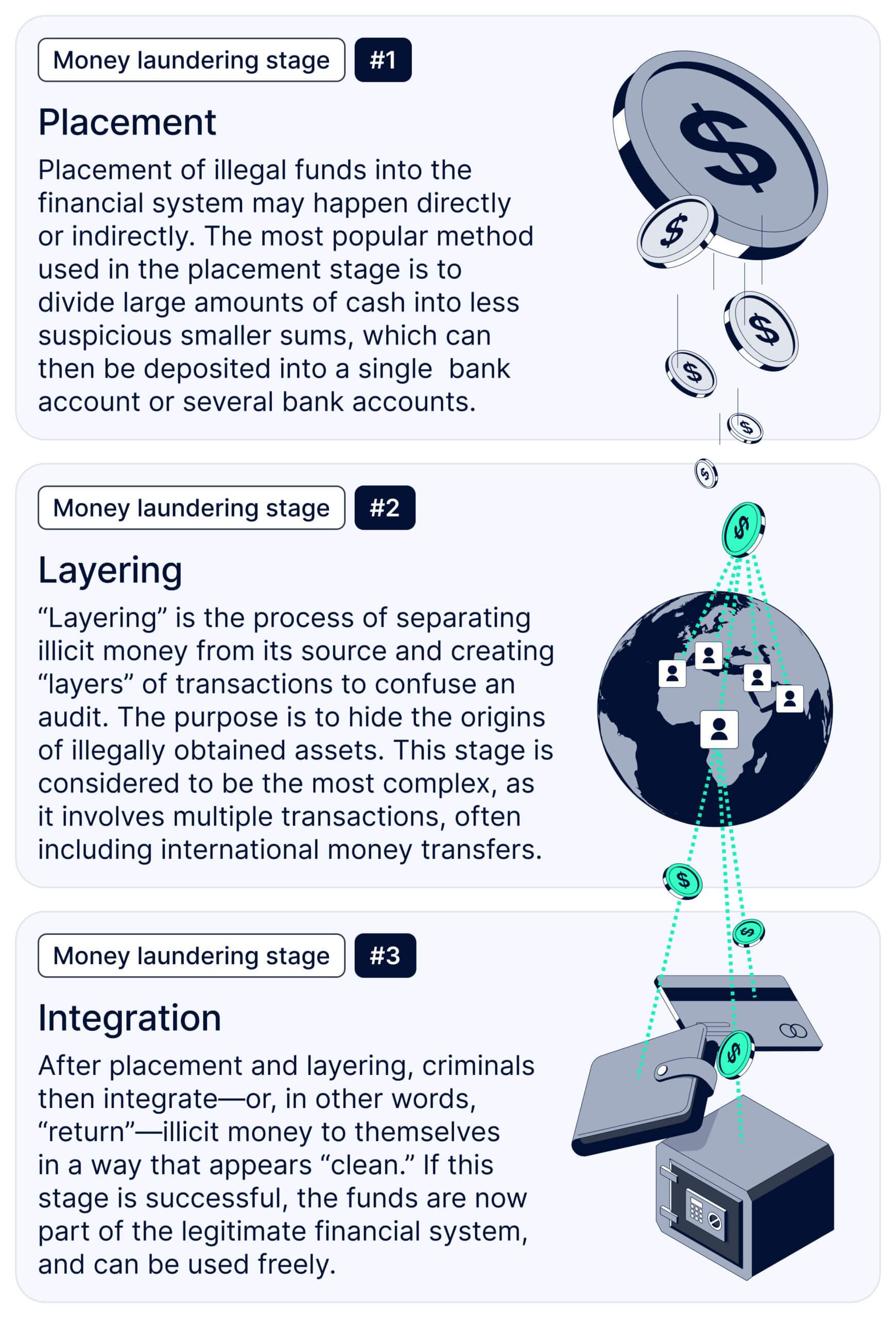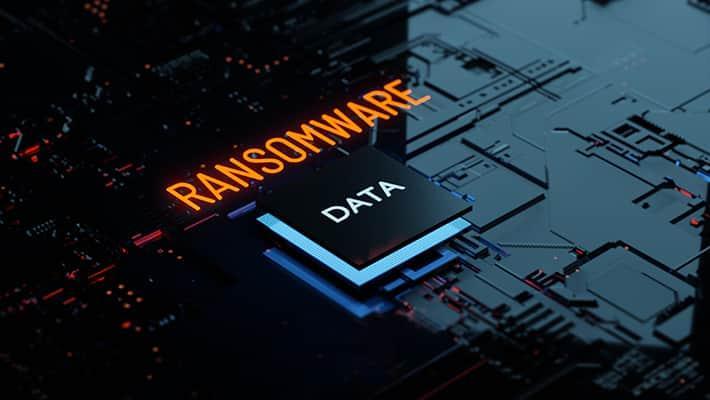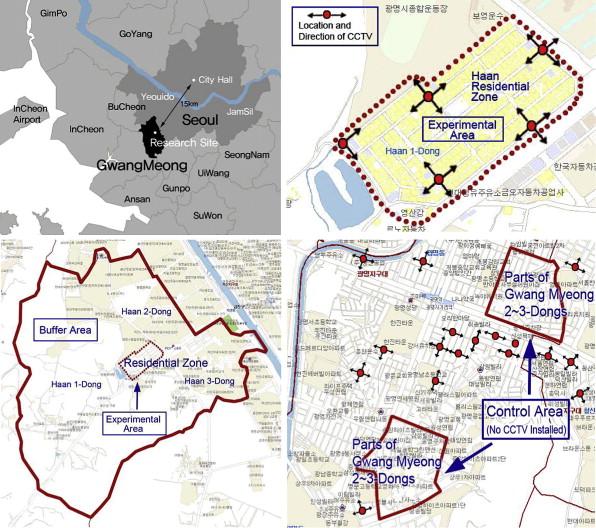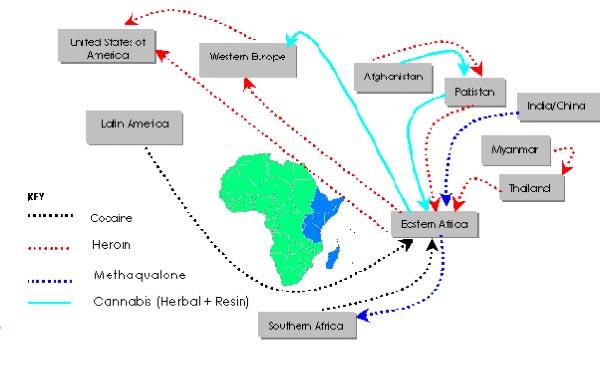In the vast and ever-evolving world of cybercrime, the most dangerous threats sometimes come not from faceless hackers lurking in the shadows, but from within the very walls of an organization. Insider threats-those hidden actors with authorized access-pose a unique and often underestimated challenge to corporate security. In this article, we’ll peel back the layers on these covert culprits, exploring how trusted employees can become the unexpected villains in the story of digital crime. Ready to dive into the secret world of insider threats? Let’s unmask the hidden face of corporate cybercrime together.
Table of Contents
- Understanding the Psychology Behind Insider Threats Revealing the Red Flags That Often Go Unnoticed How Companies Can Build a Culture of Cyber Vigilance Protecting Your Business with Smart Access Controls and Monitoring Tools
- In Retrospect
Understanding the Psychology Behind Insider Threats Revealing the Red Flags That Often Go Unnoticed How Companies Can Build a Culture of Cyber Vigilance Protecting Your Business with Smart Access Controls and Monitoring Tools
Insider threats are often cloaked in subtle behavioral shifts and overlooked warning signs, making them particularly challenging to identify. Employees under stress, exhibiting unexplained access attempts, or showing a sudden change in productivity can all be early indicators of potential risks. These psychological nuances, when ignored, can pave the way for damaging breaches that erode trust and compromise business integrity. Understanding that threats frequently stem from circumstance rather than malice encourages a more empathetic and proactive approach to monitoring – recognizing that vigilance is less about suspicion and more about safeguarding shared interests.
Building a robust defense requires embedding cyber awareness into everyday culture, transforming every team member into a sentinel acting in the company’s best interest. Empowering staff with knowledge about secure access protocols, coupled with smart monitoring tools, establishes multiple layers of protection. Key strategies include:
- Role-based access controls: Limiting data accessibility based on job necessity minimizes exposure.
- Behavioral analytics: Leveraging AI to detect deviations in user patterns.
- Continuous education: Offering regular training to maintain a vigilant workforce.
- Anonymous reporting channels: Encouraging early disclosure of suspicious activities without fear.
By fostering an atmosphere where cybersecurity is a shared responsibility and leveraging technology that intelligently monitors activity without disrupting workflow, businesses can transform potential insider risks into opportunities for stronger resilience.
In Retrospect
As we peel back the layers of insider threats, it becomes clear that the biggest risks to corporate cybersecurity don’t always come from shadowy external hackers-but from within. The hidden face of corporate cybercrime challenges us to rethink who we trust and how we protect our most valuable assets. Staying curious and vigilant is key, because the more we understand the subtle signs of insider threats, the better equipped we are to unmask them before they cause real damage. So, what’s your organization doing today to spot the invisible risks lurking behind the firewall? The answers might be closer than you think.










